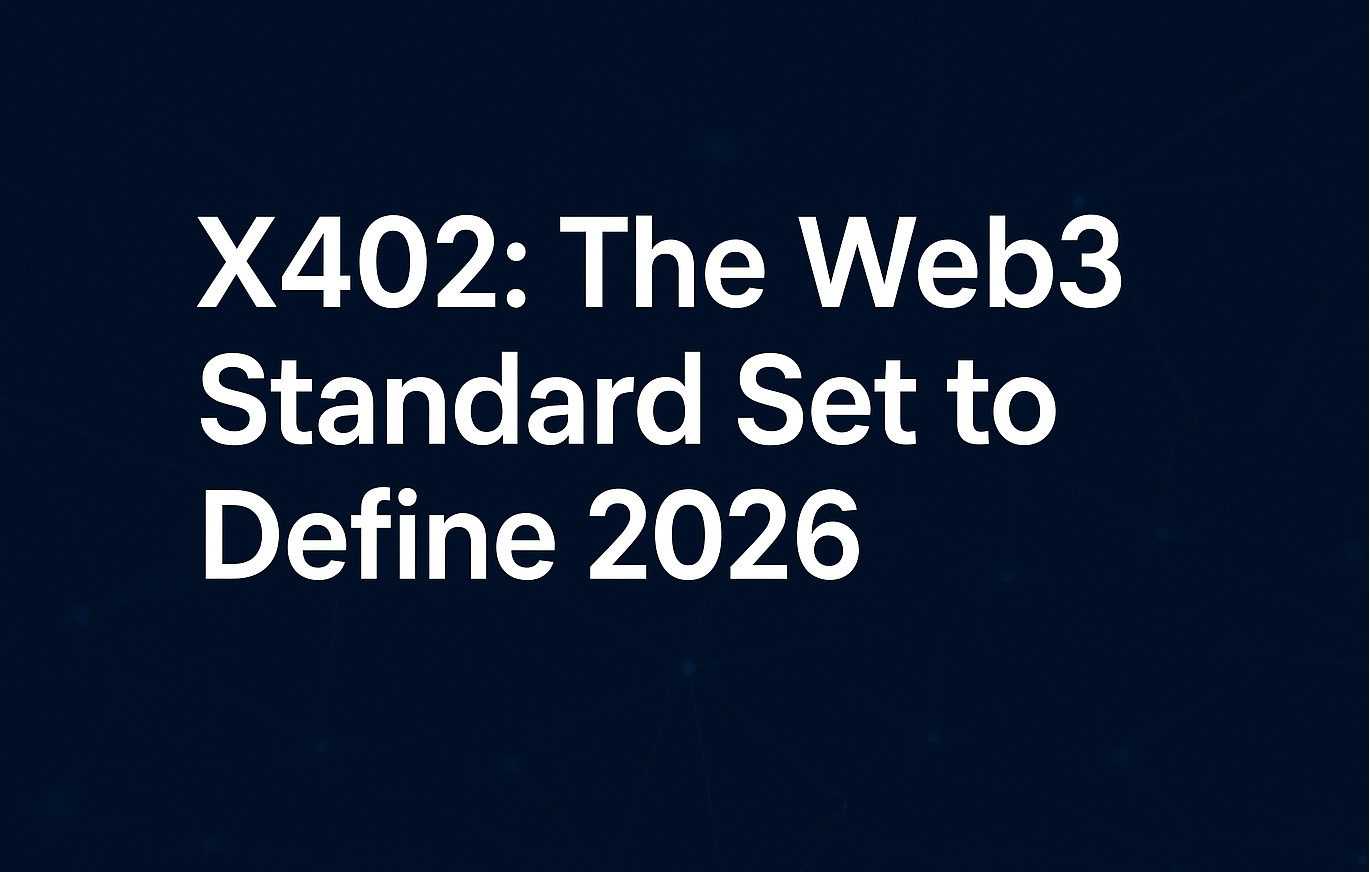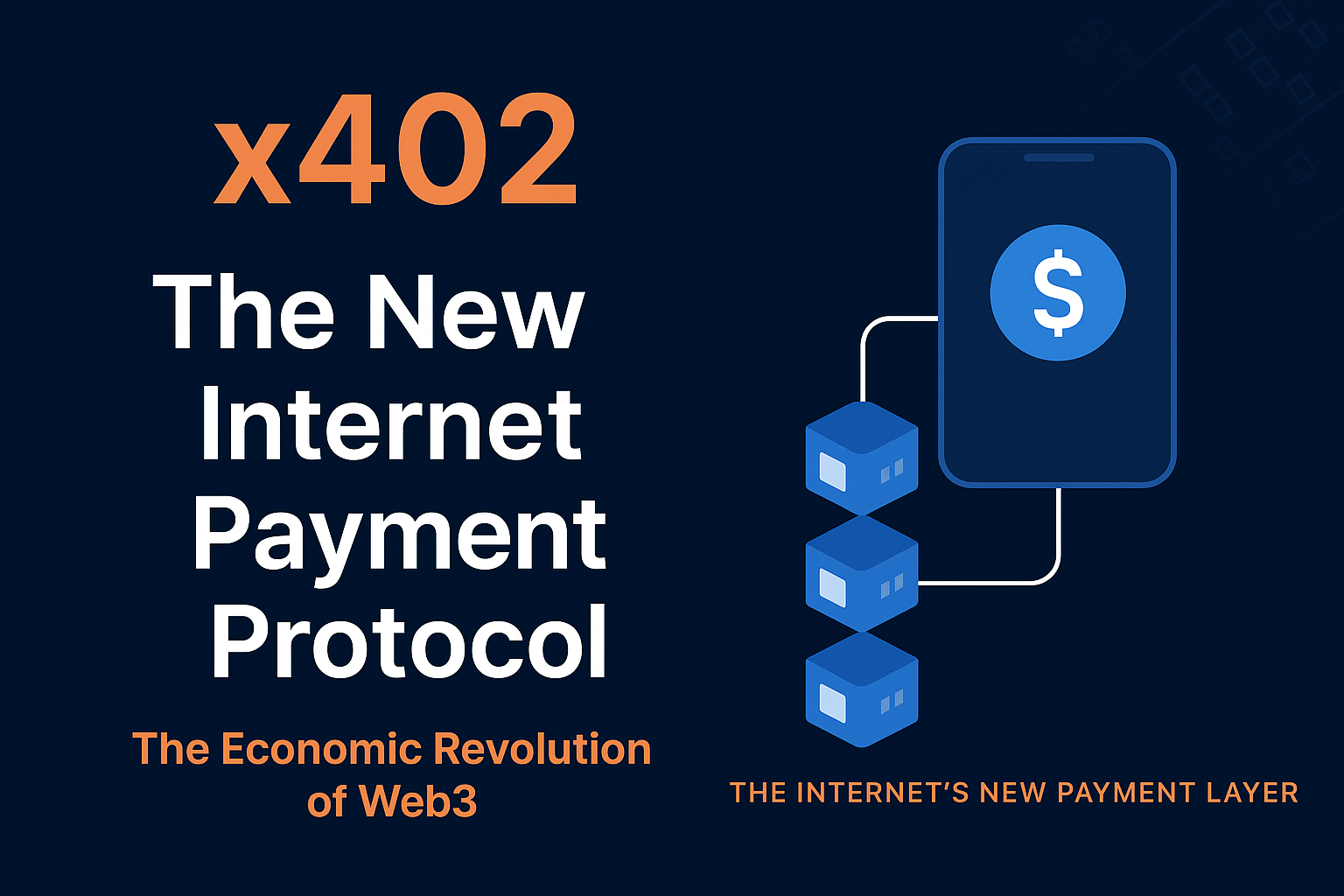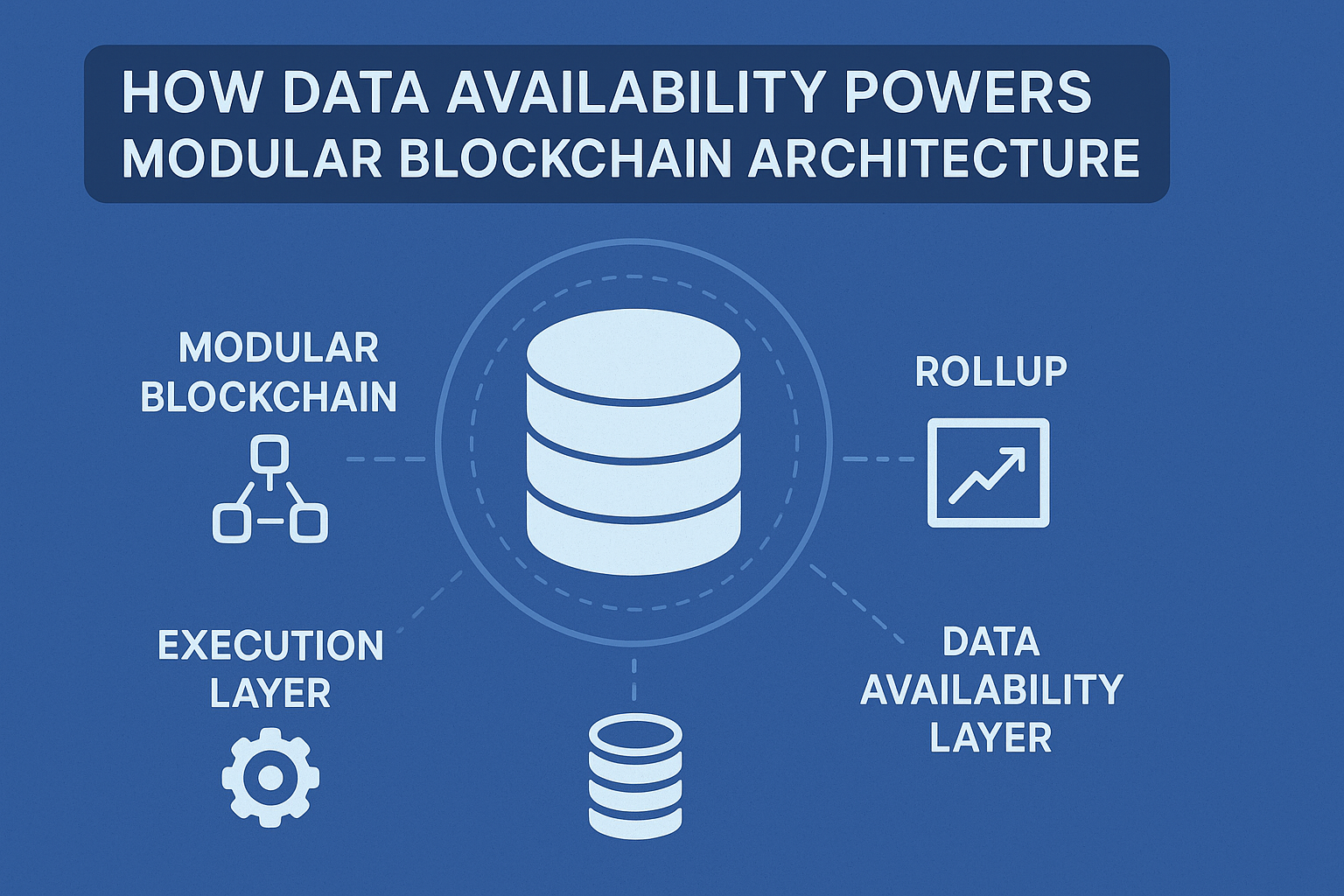x402 is an open protocol built around the HTTP 402 Payment Required status code, enabling “pay-per-use” access to web services, APIs, or content without requiring registration, API keys, or centralized subscriptions. It operates natively over HTTP, supports on-chain payments, and facilitates fast, low-friction monetization for developers and content providers.
1) Introduction — Why x402 Exists
Conventional web monetization patterns (subscription, API keys, paywalls) often introduce friction: account setup, access tokens, billing infrastructure, KYC/AML overhead.
x402 aims to streamline that process for modern use cases — especially micro-payments, AI agents, and machine-to-machine (M2M) interactions — by allowing light, on-chain payments seamlessly integrated into HTTP request flows.
2) Core Philosophy & Objectives
- HTTP native: Works via background HTTP headers, no special RPC calls required.
- On-chain proof + access: Payment proof (tx hash or signed voucher) is passed in request header.
- Facilitator model: Servers can delegate blockchain validation to a facilitator, reducing on-chain dependency.
- Chain / token agnostic: Compatible with any blockchain or token (ETH, USDC, stablecoins).
- Micro-payment / M2M focus: Optimized for small-value, frequent transactions.
3) High-Level Architecture
- Client (User / Agent): Initiates access and handles payment.
- Origin Server: Provides resources or content, enforces paywall logic.
- Facilitator / Relayer: Verifies payments and relays proofs.
- Blockchain / Settlement Layer: The underlying chain where payments are finalized.
- Optional Gateway / Aggregator: Batches micro transactions for cost efficiency.
4) Request / Response Flow (Example)
- Client issues a request:
GET /resource. - Server responds
402 Payment Requiredwith pricing headers and facilitator info. - Client submits payment on chain.
- Client retries request including a header like
X-PAYMENT: <payment proof>. - Server or facilitator validates proof; if valid, returns
200 OKand content.
Example:
→ GET /article/123 HTTP/1.1
Host: api.example.com
← HTTP/1.1 402 Payment Required
X-402-Price: 0.0005 USDC
X-402-Currency: USDC
X-402-Facilitator: 0xFacilitatorAddr
X-402-Expires: 1698507600
Content-Type: application/json
Body: { "message": "Payment required", "instructions": "..." }
→ POST /article/123 HTTP/1.1
Host: api.example.com
X-PAYMENT: txhash_or_facilitator_signature5) Components & Their Roles
Origin Server:
- Returns
402for protected endpoints. - Defines pricing, facilitator, valid tokens, expiry.
Facilitator:
- Validates client payments.
- Confirms or rejects access, optionally batching or caching.
Client:
- Makes the payment (via wallet / SDK).
- Attaches
X-PAYMENTheader to the retried request.
Blockchain / Settlement:
- Records final transactions.
- Facilitator or client interacts with the chain as needed.
6) Protocol Specifications — Headers & Message Format
Standard x402 headers include:
X-402-Price— required payment amountX-402-Currency— token typeX-402-Facilitator— facilitator endpoint or addressX-402-Expires— timestamp after which payment is invalidX-PAYMENT— payment proof, e.g.tx hashor structured voucherX-402-Invoice(optional) — unique invoice IDX-402-Signature(optional) — signature from facilitator or server
Payment proof can be as simple as an on-chain tx hash or a signed voucher combining invoice ID, payer address, tx hash, and facilitator signature.
7) Payment Validation, Timeouts & Error Handling
- Expiration: Enforce
X-402-Expiresso stale payments are rejected. - Reorg / double-spend: Use chain confirmations or facilitator logic to guard against blockchain reorgs.
- Facilitator unavailability: Servers may fallback to alternate facilitators or do direct on-chain validation.
- Partial payments: Support optional status codes (e.g.
207 Multi-Status) or partial acceptance if payment is insufficient.
8) Chain / Token Agnosticism & Payment Models
x402 supports several models:
- Direct on-chain transfers: Client transfers token to provider address and supplies tx hash proof.
- Facilitator-mediated: Client pays the facilitator; facilitator settles on chain and signs proof.
- Batch aggregation: Facilitator aggregates many micropayments into a single on-chain transaction to reduce gas.
Trade-offs:
- Direct on-chain is fully trustless but gas-intensive.
- Facilitator is cost-efficient but introduces trust assumptions.
9) Security Model & Attack Vectors
Potential threats:
- Compromised facilitator: Malicious facilitator may forge proofs.
- Replay / forgery: Must use nonce and expiry to prevent reuse of receipts.
- Front-running / MEV: Payment transactions might be exploited; careful ordering or time padding helps.
- DoS attacks: Flooding with fake payment requests; rate limiting or CAPTCHA can mitigate.
Mitigations:
- Use nonce + timestamp contracts or voucher logic.
- Require facilitator signatures verifiable by server.
- Enforce minimal confirmation thresholds for on-chain payments.
- Rate limit or KYC gating for high-volume access.
10) Examples & Integration Guide
Server side (pseudo-logic):
# server: returns 402
if not has_valid_payment(request):
return Response(402, headers={
"X-402-Price": "0.0005",
"X-402-Currency": "USDC",
"X-402-Facilitator": "https://fac.example/verify",
"X-402-Expires": str(expiry_ts),
"Content-Type": "application/json"
}, body={"message":"Payment required"})
# client: after payment
request.headers["X-PAYMENT"] = payment_proof
resp = http.post("/resource", headers=request.headers)
Client / SDK snippet:
- Fetch
402headers - Perform payment in wallet (or via SDK)
- Retry request with
X-PAYMENTheader
11) Business Model & Economic Design
- Pricing strategies: Fixed, dynamic (demand-based), freemium tiers.
- Facilitator fee split: The facilitator may take a small cut of the payment.
- Revenue sharing: Between content provider and facilitator.
- Microbilling / aggregation logic: Many small payments batched into fewer on-chain transactions.
12) Governance, Standardization & Ecosystem Growth
For x402 to become standardized, governance through a foundation or DAO is key.
Standardizing header names, voucher formats, facilitator trust models, and dispute resolution is essential.
13) Telemetry & Key Metrics
Primary metrics to monitor:
- Successful payment ratio
- Average latency (proof validation)
- Facilitator uptime & failure rates
- Gas cost per settlement vs revenue
- Bot / invalid request frequency
14) Challenges, Critiques & Risks
- Adoption barrier: Requires both server-side and client-side adoption.
- Centralization of facilitators: If few facilitators dominate, decentralization is weakened.
- Regulatory ambiguity: Payment systems face jurisdictional compliance issues.
- UX trade-offs: Users may resist manual wallet interactions.
- Blockchain volatility & cost spikes: Gas surges or chain congestion can disrupt experience.
15) Conclusion & Recommendations
x402 represents a powerful paradigm shift in web monetization: lightweight, pay-as-you-go, on-chain, permissionless payments.
For integration:
- Start with a trusted facilitator and minimal prototype.
- Design SDKs that abstract wallet & signature complexity.
- Enforce nonce/expiry logic and robust proof verification.
- Monitor metrics and be ready to expand facilitator network for resilience.
16) FAQ
- Is x402 only for devs?
No. As SDKs and facilitators mature, it becomes transparent to the end user. - Who pays gas?
Depends on the model: user or facilitator may absorb it. - What use cases suit x402 best?
API monetization, content paywall, AI agent payments, IoT microtransactions.




